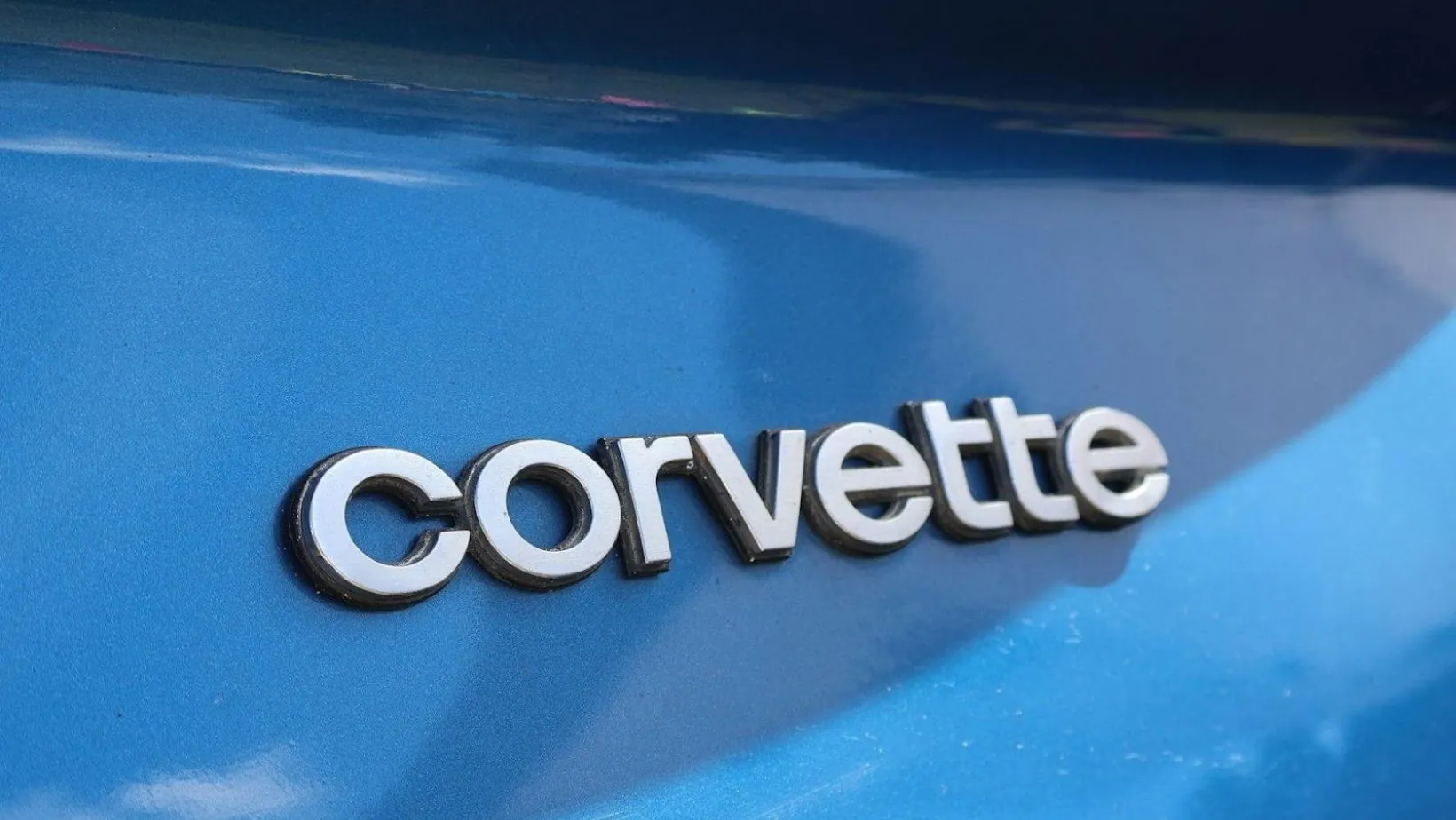Customization as Identity: Why We Modify Machines to Reflect Ourselves

Stand at any cars-and-coffee meet or bike night and you’ll hear the same refrain in a dozen dialects: “I made it mine.” A new map on the ECU, a different seat, a brighter headlight, a hand-stitched wheel—none of these changes are strictly necessary for the machine to function. They exist so the machine can speak. What it’s saying, of course, is something about us. We don’t just use vehicles; we fold them into our sense of self. That’s not a quirk of gearheads—it’s a deeply human pattern psychologists and consumer researchers have tracked for decades: possessions become part of identity, and the act of altering them is a kind of authorship over who we are and how we’re seen.
Factory-Grade Personalization as a Bridge
Manufacturers are increasingly recognising that identity is part of the purchase, not an afterthought added in the aftermarket. Factory-approved performance parts and “associated accessories” give drivers a warranty-friendly path to self-expression with OEM-level fit and finish. Consider the Corvette owner who wants a more assertive silhouette without sacrificing integration or quality. A high-wing spoiler option from GM’s accessories catalogue delivers exactly that: drama, downforce, and a factory-backed install that looks native to the car. If that’s your lane, the c8 corvette wing is a clean example of identity expressed through purposeful aero rather than bolt-on clutter.
The “Extended Self” on Four (or Two) Wheels
Russell Belk’s classic work calls it the “extended self,” the idea that what we own can literally extend the boundaries of who we are. A vehicle is a particularly potent canvas because it’s public, mobile, and multisensory. The sound of an exhaust, the feel of a shifter, the profile of a spoiler—all of it broadcasts self-image while also feeding back to the driver a felt sense of identity every time the ignition turns. That loop—signal out, sensation back—explains why a small change can feel outsized. Swap a factory wheel for one that fits your hand and your posture changes; add a high-downforce aero piece and you don’t just see different reflections in shop windows, you approach corners differently because the car feels more like the version of you that takes the long way home. Belk’s insight helps decode that rush: we’re not merely accessorizing; we’re editing the borders of the self.
Signaling, Belonging, and the Stories We Tell
Customization also works as a social signal. Machines help us sort into tribes: stance, off-road, restomod, track rat, ADV, café racer. Those cues are shorthand for values—craft, restraint, bravado, curiosity—and they invite conversation. Research in psychology and consumer culture shows that possessions are tools for identity performance: we tell others who we are, and we remind ourselves of that same story every time we engage with the object. If that sounds performative, it is, and not in a cynical way. Our choices help us find our people, and the scene becomes a feedback mechanism that nurtures skill, taste, and belonging.
Tactility Matters: Why “Feel” Is Identity, Too

It’s easy to frame customization as aesthetics, but tactile changes are just as personal. Revalving a damper stack to suit your weight and roads, reshaping a saddle to fit your hips, even changing pedal spacing so heel-and-toe feels natural—these alter how your body maps onto the machine. Identity isn’t only a look; it’s a pattern of motion. When the machine fits your movements, you feel more competent, more yourself. That’s why a well-tuned setup can be oddly moving: it’s not only faster; it’s fluent in your language.
The Culture Behind the Wrench
Customisation scenes don’t just produce cool hardware; they produce craft. Sociocultural research on car culture describes a vernacular creativity forged in garages, forums, and weekend track paddocks. People learn welding, paint, wiring, CAD, and data logging not for a credential, but to close the gap between the machine they have and the machine that matches the person they imagine themselves to be. The work is collaborative and iterative—advice passes hand-to-hand, mistakes get debriefed, taste evolves—and identity gets reinforced through doing as much as showing. Academic studies of custom-car culture frame this as everyday, working-class artistry: a grounded, hands-on way to make meaning.
The Personalization Paradox
There’s a tension worth naming. We modify to stand out, but scenes create their own uniforms. Personalisation can slide into cliché: the same wrap patterns, the same wheel offsets, the same dyno graphs posted like selfies. Research on identity and personalization warns that chasing novelty for its own sake can flatten individuality; the goal isn’t to be different, it’s to be you. The sweet spot is selective: choose the handful of changes that harmonize with your habits and values, not the whole catalog. That’s where the machine stops being a billboard and becomes a companion.
Why It Matters
Skeptics might say it’s just stuff. Yet the psychology is clear: objects scaffold our memories, aspirations, and relationships. A bike or car you’ve tailored to your body and taste isn’t only transportation; it’s a diary you can ride. Years from now, you’ll remember the first road trip after the tune, the evening you finally nailed the alignment, the friend who taught you to solder. That’s the hidden payoff of customisation as identity—it converts consumption into authorship, attention into skill, and metal into meaning. When a machine starts to reflect you back to yourself, every mile becomes a sentence in a story you actually want to read.
What's Your Reaction?
Gregory is a website manager who loves reading books, learning languages and traveling. He's always been fascinated by different cultures, and has spent years studying different languages in order to be able to communicate with people from all over the world. When he's not working or traveling, he enjoys relaxing at home with a good book.



